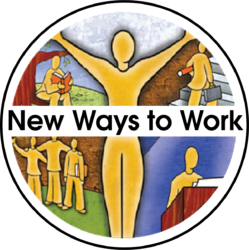While having a chronic illness creates additional levels of stress for employees and responsibilities for employers, it also creates unique opportunities to connect with coworkers and customers. Explore this story of resilience as New Ways to Work spotlights Oliver Peyser-Thomas—a high school senior in Columbus, GA who battles Type 1 Diabetes while working his very first job.
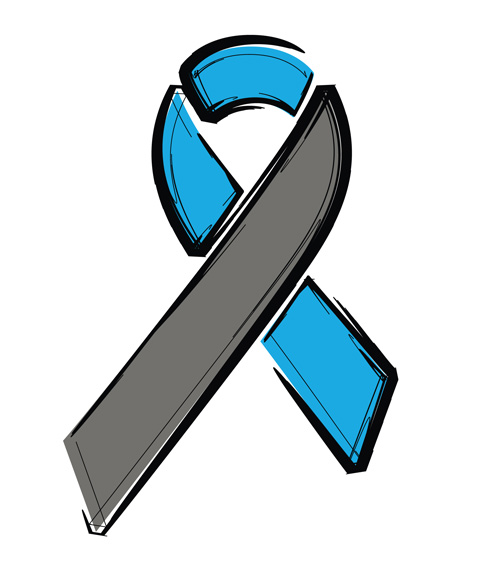
Like many people, my first job was in fast food. The fast food industry is hard work. You work hard and fast for little pay, getting burned is commonplace and when it’s busy it can be intense. However, the spotty scheduling and harsh demands of the job are balanced out by the customer interactions and the ability to learn on the job and an entry level employee, at least when compared to other jobs. While these experiences are already different from place to place and person to person, my experience was different from over 90% of others because I have a chronic illness, type 1 diabetes (T1D).
I was diagnosed with T1D, an autoimmune disease that attacks the pancreas and prevents it from making insulin (a hormone that regulates your blood sugar), right after I had landed my first job. It was at a newly constructed location that was part of a coffee shop franchise, so I applied. During the fourth day of training, I had to leave early because I felt sick. I felt so badly that when I arrived home, my mother looked at me and asked, “Are you high? Or drunk? Is that why you left early?” I said, “No, I really don’t feel well.” She took me to the doctor and I got my diagnosis. I was air-lifted by helicopter to the Children’s Hospital in Atlanta where I remained for a few days. During that week, I missed vital learning stages of training at my new job.
Starting From Behind

When I came back to training, I was behind. All my coworkers were already practicing making drinks. I didn’t even know how the espresso machine worked. When asked what the recipe for the trademark drinks of the chain were, everyone answered within seconds. I didn’t even know we had trademark drinks yet. Within the first week of not even my employment, but my training, T1D had already made its grand entrance into this stage of my readiness to work—making everything significantly more difficult.
I would say there were three major ways that my chronic illness regularly interfered with my work:
- Confusion and questions from coworkers and customers caused by the medical devices for my illness.
- Managing my blood sugars and the unexpected lows during a shift.
- My employer’s reaction and support (or lack thereof) to ways in which I would try to balance managing those lows during a shift and returning to my shift.
Confusion and Questions Caused By My Medical Devices
Training sessions and shifts at the coffee stand were structured in such a way that I didn’t meet some of my coworkers for a month. Each time I clocked into work, my coworkers would see my arm, which had my Continuous Glucose Monitor (CGM) on it. The device prompted a detailed conversation on what it was and why I had it, which led to lengthy explanations and even more questions. Some of my coworkers didn’t notice my CGM. Instead, they noticed my bag that contained diabetes supplies, which still led to the same long explanation. Instead of showing my sensor, I’d have to explain each part of my supplies: needles, the insulin pen, and alcohol wipes. While my coworkers didn’t always get how my illness worked, they always tried their hardest to listen and understand- a gesture that I deeply appreciated, as it showed how they cared about me personally and us working successfully as a team.
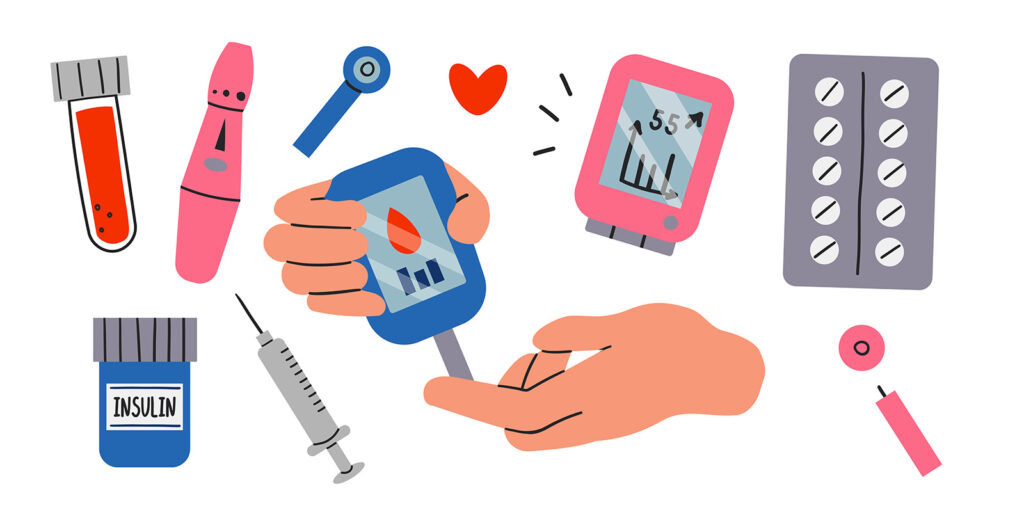
Customers didn’t get to see much in the stand. It’s either a small window to grab what they ordered in the drive through or a window that they can walk up to, order, and chat with other customers or employees while waiting for their food. When I worked the walk-up window, I usually went through orders smoothly. However, every once and a while a customer would ask about my arm, and it resulted in the same problem I had with my co-workers. It was even more difficult than when my co-workers asked because I would either have to leave the customer at the window while I made drinks and food, or I would have to leave my co-workers to do more work as I chatted with people. Sometimes there wouldn’t even be a discussion though, as they just stared at my arm, perplexed or confused. But for every five customers that I had that noticed this unspoken interaction (which made it more difficult for me) there was one customer that brightened my day. I remember a sweet elderly woman ordering a drink that we had to make using low-carb powder. I had never seen it ordered or made before this moment. I was so excited to learn that there was a sweet tasty treat that fit my needs as a diabetic. Surely enough, when I went to the walk-up window to hand her drink, I saw a sensor on her arm! We had the most heartwarming conversation that absolutely made my day. She gave me advice, suggested foods to try, and shared the story of her diagnosis. So despite occasional interruptions in my work by these types of interactions, it was nice that I could relate with some of my customers on a deeper level than normal.
Low Blood Sugars During A Shift
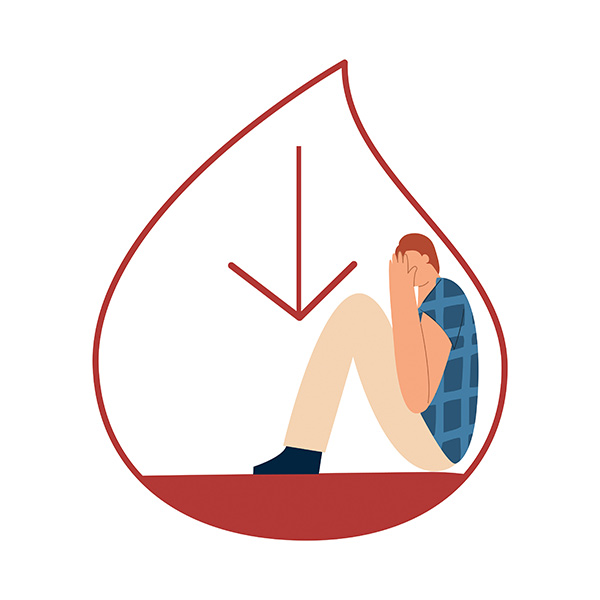
One of the biggest challenges of T1D are the low blood sugars (which can kill you if left untreated). When your blood sugar gets too low, there are plenty of symptoms: breaking out into a cold sweat, shaking super badly, turning pale rapidly, and more. These symptoms don’t appear in those without diabetes because the pancreas knows how and when to dial back your insulin production. Mine does not. Low blood sugars can occur for many reasons. My increased physical activity would trigger them most of the time while I was working. Moving around was a necessity in the job so this would happen somewhat often. I would sometimes have to sit down in the freezer to stop the sweating, and I felt absolutely terrible for leaving my coworkers during some of our busiest times. I would often have to pay for one of our food items or a smoothie to boost my blood sugar quickly. Although it was necessary for me to keep working and literally live, the owner became increasingly more suspicious that I had malicious intentions behind my purchases: trying to steal and use discounts when I wasn’t afforded. The worst example of low blood sugar interrupting my job would be as a customer rolled up to the window, and it turned out to be one of my friends! I got so caught up chatting and looking at old photos that one of my co-workers had to physically grab me, pull me aside and hand me a smoothie because I looked “whiter than a polar bear covered in snow in Antarctica.” I sat in the freezer for over twenty minutes and genuinely thought I was going to pass out the whole time. Even though it wasn’t the most consistent occurrence, the absolute terror and anxiety I experienced every time I heard my CGM alarm beep during a customer rush made me feel like a bad employee.
Employer’s Reaction & Support

I was sitting at school, attempting to complete an algebra worksheet when I got a text from my manager, “Can you come in for a small meeting this afternoon?” I had extracurricular activities to attend to, but I pushed them out of the way in order to fit this supposedly unimportant meeting into my afternoon. The moment my last class was over, I stepped out of the room and rushed to my car. While making my way to the stand, I started theorizing. Was it a surprise raise? A check in to see if I need to retake training? Not long before, I’d gotten a glowing progress review and a raise. I had no reason to think there was a problem.
The owner said that I was being let go because other people had been fired for less. According to the meeting, I made too many small mistakes when working and there were too many employees currently employed. The biggest reason for me was an incident from a week ago, in which I forgot to pay for a cake pop that I ate because my blood sugar was low during a rush. After the rush ended, I paid for it. However, in the owner’s eyes, it was an attempt at stealing. While I could chalk it all up to that one incident, I received mixed messages from management. While my illness did create hurdles for me, the owner did not know how to properly support me as my employer in that environment. No formal plan was ever made to clearly accommodate me, and so I was left to manage my diseases and my job without any guidance or regulation. Then, when there was overstaffing, I was the first to be seen as expendable.
Tips For Managing Work & A Chronic Illness
Going forward, I have the following recommendations for young adults with a chronic illness working their first job:
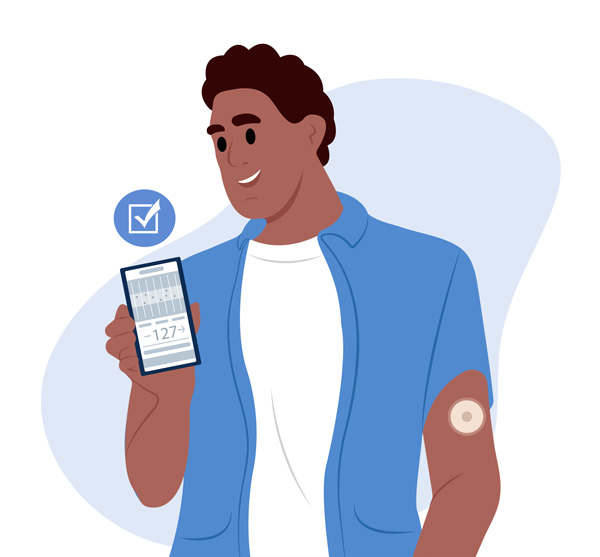
- Advocate for yourself. Tell your employer about your chronic illness upfront— they need to understand the basics to make reasonable accommodations. Ask for a meeting before or during training to create a clear plan for managing your condition on the job. This can include designated breaks, emergency protocols, and where you can store or access medical supplies.
- Your health is more important than your work. If you need to take a break, don’t try to be a hero and push through. It could result in more problems, both for you and your work.
- Make friends. Even if your worst enemy is your colleague, it’s important for them to know about your chronic illness. If they don’t, there’s one less person to help you manage your illness while clocked in.
